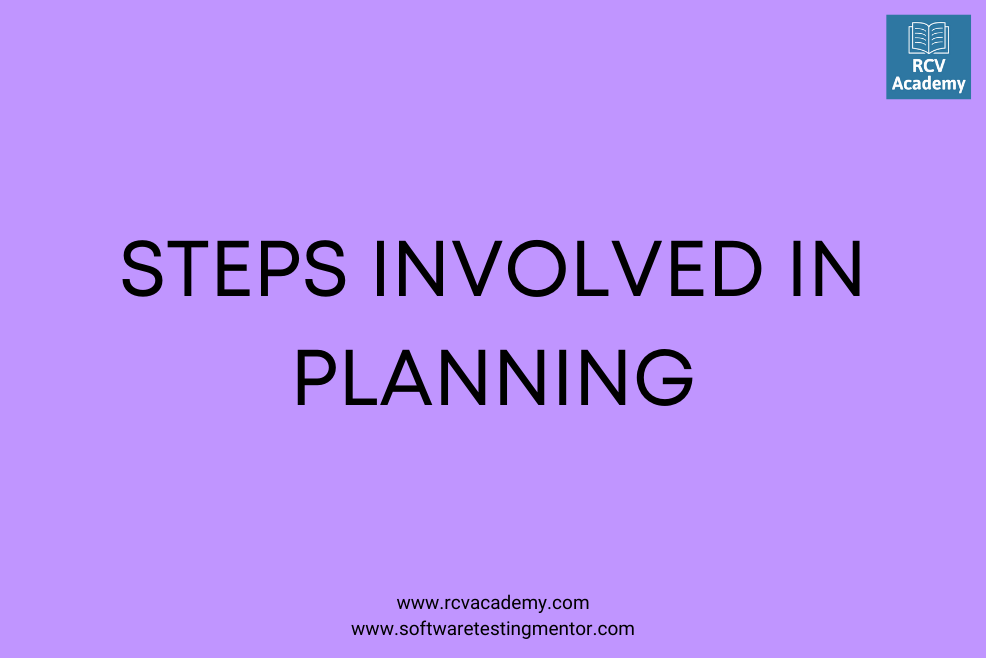In this tutorial, we will learn about steps involved in planning, which are to develop objectives, Develop tasks to meet those objectives, and determine resources needed to implement tasks.
Create a timeline, Determine the tracking and assessment method, Finalize the plan, and distribute it to all involved in the process.
Establishing objectives:
The first and foremost step in planning is deciding the objectives of an enterprise. Deciding what is to be done, the activities and results to accomplish. There can be no strategy without a goal. Establishing objectives is a direction-setting task. Setting objectives convert vision and mission into specific performance outcomes.
The objectives of lesser departments will be more accurate if subdivision managers understand the overall enterprise objectives and derivative goals. Managers should also have the opportunity to contribute their ideal to set their own goals and those of the organization.
Premising:
It means assumptions or future setting within which the planning takes place. The selection of premises involves the skills and experiences of the people involved. Premises can be internal or external, tangible, or intangible.
The nature of planning premises differs at different levels of planning. At the top level, it is mostly externally focused. As one moves down the organizational hierarchy, the composition of planning premises changes from external to internal. The significant plans, both old and new, will materially affect the future against which the managers at lower units must plan.
Determining alternative courses:
Alternative courses of action must always be identified so that the management can resort t these alternatives if planning fails due to unforeseen circumstances.
It involves determining the various ways of achieving the goals that have been selected depending on the situation at hand, i.e., generating the different courses of action. These are the strategies, policies, and tactics.
For example, if an organization has set its objectives to grow further, it can be achieved in several ways, like expanding in the same field of business or product line diversifying in other areas, joining hands with other organizations, or taking over another organization and so on. Within each category, there may be several alternatives.
Evaluation of alternatives:
In case more than one alternative is available, and the manager must evaluate all the other options based on their strong or weak points. Evaluation of alternatives is the third stage in the consumer buying decision process. During this stage, consumers evaluate all product and brand options on a scale of attributes that can benefit the customer.
Selecting a course of action:
After developing courses of action, planners compare the costs and benefits of each proposed course of action against the goals and objectives. Based on this comparison, planners select the preferred path or courses of action to move forward in the planning process. It involves choosing the best alternative amongst those available.
Formulating derivative plan:
Formulation of derivative plans. Derivative plans are the sub plans or secondary plans which help in the achievement of the initial project. These mean to support and expedite the progress of basic ideas. These detailed plans include policies, procedures, rules, programs, budgets, schedules, etc. May give effect to and make the final plan work out, a derivative plan is required. Every manager must contribute to it.
Numbering plans by budgeting:
It usually, ordinary, costs, and capital expenditures, making up the overall budget. Plans should be made workable by allotting them their respective values by converting them into budgets.
